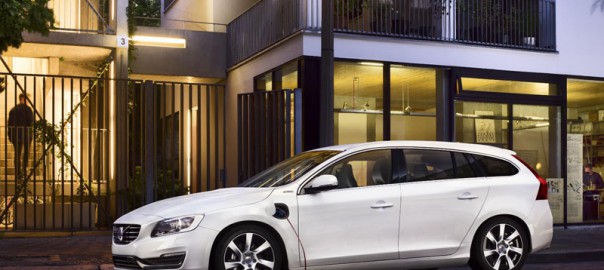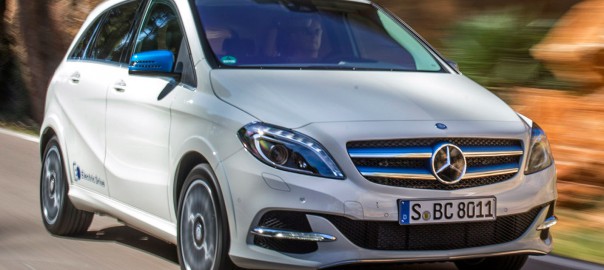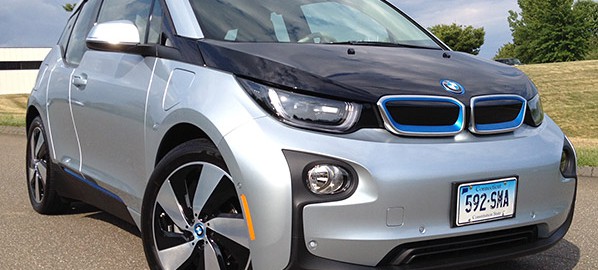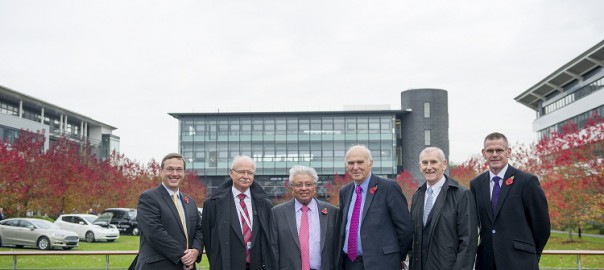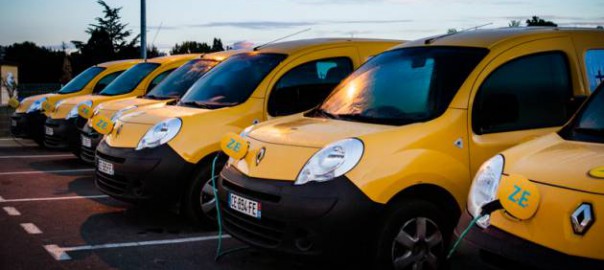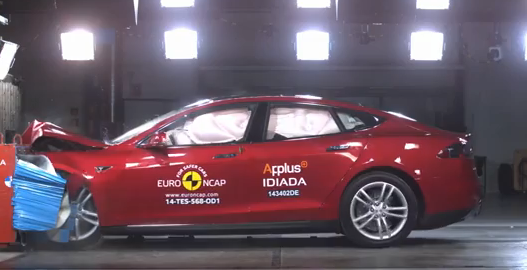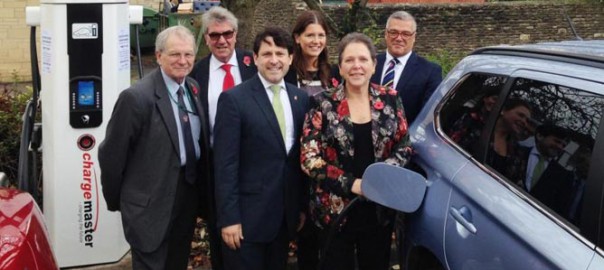Exceptionally refined with punchy overtaking abilities and impressive ride and handling. Premium driving experience at expense of ultimate usability
What is it?
This is the Mercedes-Benz B-class Electric Drive, the manufacturer’s pure electric version of the newly facelifted B-class.
Rather than follow the lead of the BMW i3 and build an electric car around an all-new architecture, this EV is based on the standard production car, which has needed the minimum of amount engineering changes.
Taking inspiration from the original A- and B-class models, the new-generation car has the option of a ‘sandwich’ version of the rear half of the car’s platform.
Called the ‘Energy Space’ by Mercedes, raising the floor in the rear half of the cabin frees up underfloor space, which, in the EV, accommodates the lithium-ion battery pack. This space is also used by the natural gas-powered version of the B-class to accommodate three gas tanks.
The upshot is that the B-class is as effectively as spacious as the mainstream versions, which means a good 500-litre boot, generous head and legroom and the option of a fold-forward front passenger seat, which allows loads well over two metres long to be swallowed.
The electric drive system has been sourced from Tesla (interestingly, the day this production car was launched to the press was same day Daimler disposed of its four per cent stake in Tesla, which it had held since 2009).
The B-class Electric Drive has a three-mode operation. Economy Plus – designed for constant steady-speed journeys – reduces the output of the motor to just 83bhp and top speed to 68mph. Economy reduces output to 132bhp and Sport offers the motor’s full 179bhp. However, the two Economy modes can be overridden and full power and torque accessed by the driver using the kickdown function.
If the ‘Collision Prevent Assist Plus’ system is added as an optional extra, this B-class acquires a very neat radar-assisted recuperative braking system. Using information from the radar about the state of traffic ahead, the car can use battery-charging braking to slow itself or, when the road ahead is clear and/or downhill, switch to ‘sailing mode’ which doesn’t use any battery power.
Fully recharging the B-class via a 16-amp home wall socket will take around nine hours if the battery is empty. Using a 400-volt three-phase electricity supply (rather more common in Asia than Europe), the car can be recharged in just three hours.
What is it like?
Very impressive indeed. In terms of all-round refinement and pace, the electric B-class is far better than its internal combustion engine sister cars. Indeed, the car’s effortless torque and near-silent progress puts it in a category of its own.
This car has the refinement that would shame some luxury models and the kind of effortless overtaking ability that would trouble some hot hatches.
What’s most disorientating is that these two sides of motoring excellence are delivered in a humble-looking baby MPV. It’s hard to work out why, but even the steering response and ride quality of the electric B-class is markedly better than what we experienced with the all-wheel-drive B220 and the gas-powered B200.
On the wider issue of the facelift, there’s no doubt that B-Class looks much better. The somewhat melted appearance of the original version has been fixed thanks to a much more taught front bumper design and wheels that now properly fill the arches.
It’s also a handy size, well-packaged and nicely finished inside. The big, tablet-sized screen on the dashboard might look a little clunky, but is ideally placed and the graphics and presentation of Mercedes-Benz’s sat-nav system is first rate.
Should I buy one?
There’s no doubt this is a delightful car to drive, genuinely enjoyable and satisfying. The downside, of course, is the limited range of the electric B-class and – without a supply of industrial three-phase electricity – the lengthy recharge time.
True, being able to replenish the battery overnight would be fine for anybody whose daily mileage is less than 100 miles.
The price of this car (post government grant) is just about that of a B220 diesel with an automatic transmission. In terms of driving pleasure it is leagues ahead.
As odd as may seem, any lover of driving ability will love the B-class, regardless of its market position as a truly ‘green’ MPV.
Source: Autocar
